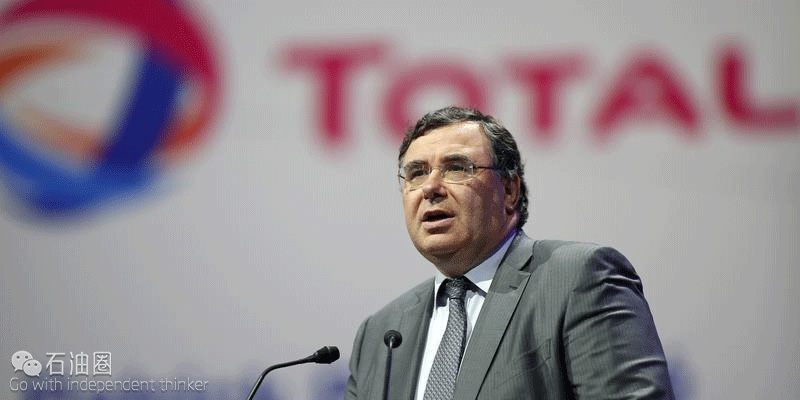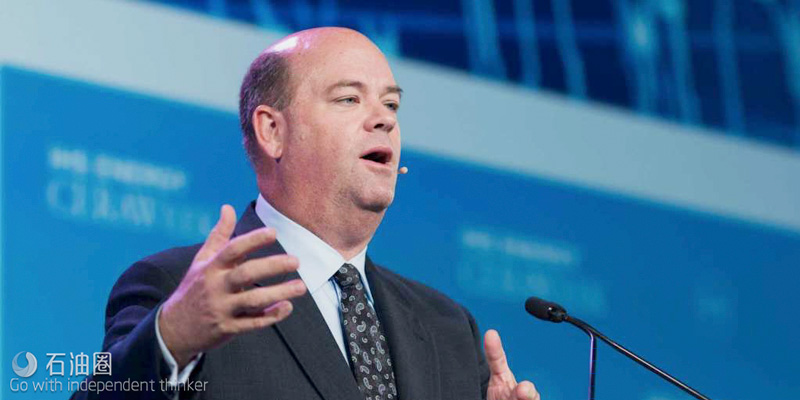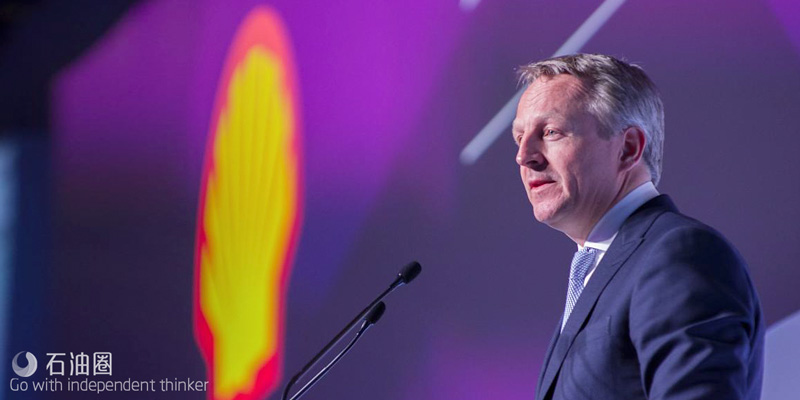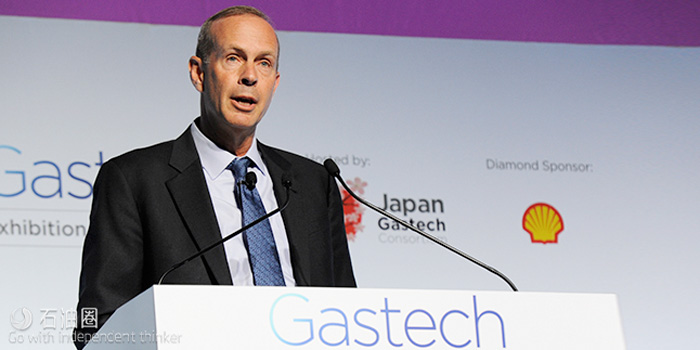How are gas suppliers adapting to the changing global market? Peter Coleman, CEO and Managing Director Woodside Energy Ltd. Gastech Japan Tuesday 4 April 2017
Thank you. It’s a pleasure to be speaking in Japan again – a very important partner for Woodside.
Japanese investment has played a central role in our industry, underpinning the development of supply over several decades.
We are meeting at a time of transition for gas. There is an abundance of gas globally and it is understandable buyers may not want to look beyond the short term.
But we need to look over the crest of the hill and it is clear a supply shortage looms, unless investment decisions are taken soon.
The current conditions are not favourable for major investment in greenfield developments.
A range of factors have compounded the uncertainty: geopolitical risk, questions about policies on climate change and taxation, contractual risk and rising funding costs.
The upshot is that, globally, only very small volumes have gone to FID in 2016, and 2017 looks set to be another challenging year for the sanction of new LNG projects.
As suppliers, we have been working hard to keep costs down. In 2016, Woodside achieved a 28% reduction in unit production costs. And we continue to explore options for brownfield expansion, developing proposals to further grow production from our existing facilities.
Now it is time for buyers to engage again, in recognition that this time of abundance will not last. Those who move first will get access to the most promising projects, offering the most reliable supplies.
The changes now occurring in the market mean there will be competition for those supplies.
The current availability of gas has stimulated new demand and accessible regasification technology has allowed new countries to enter the market.
Imports to countries using Floating Storage Regasification Units have already grown from 10Mtpa in 2012 to almost 30Mtpa in 2016 amid new demand from countries including Indonesia, Pakistan, Egypt, Argentina, Brazil and Jordan1.
And that’s set to grow further. Bangladesh, India, the Philippines, Sri Lanka and Vietnam are also considering deploying FSRUs.
Emerging markets now account for 5% of global LNG demand and that’s expected to rise to 27% by 20252.
We anticipate the next wave of demand growth will come from the use of LNG as a transport fuel, in ships and on road and rail.
The International Maritime Organisation’s announcement of new caps on sulphur content in shipping fuel from 2020 has added momentum to this switch to LNG as a transport fuel. If all the ships in the world converted to lower-emission LNG, that market alone could account for 200Mtpa.
At Woodside, we are switching to LNG-fuelling of our own supply vessels and investing in infrastructure to provide LNG as a fuel to other industries and exporters.
Japan is also preparing for this change, with plans to launch ship-to-ship bunkering in 2020 and develop the Port of Yokohama as a regional LNG bunkering hub. In this regard I am encouraged by Minister Takagi’s [Minister for Economy, Trade and Industry] comments this morning.
1 Wood Mackenzie LTD, Q1 2017
2 Wood Mackenzie LTD, LNG Service & Tool Q1 2017
I’ve noted already that Japan has long played an important role in growing the LNG market.
That involved agreeing contracts arising from commercial negotiations, which considered a wide range of factors, from destination clauses and pricing to the purchase of equity on very favourable de-risked terms. If existing contracts are reopened, then other terms may also need to be reconsidered, for example, restrictions on sourcing of supply.
The LNG market is rapidly becoming more liquid and transparent, and there is room to negotiate flexibility in new contracts. In 2015, only about 40% of LNG contracts had fixed destination terms, down from 60% for contracts signed up to the year 20143.
The move to a more open and fluid market is a welcome long-term development but presents a transitional challenge: how to justify the capital-intensive construction of new supply that will be needed.
We need to have an open conversation about the conditions that caused the current supply overhang in the market.
Developers have responded to market needs by reducing cost of supply. We now need buyers to do their part and create new markets.
Sellers, buyers and Governments each have a role to play in managing uncertainty to enable the continued sustainable growth of the market. Thank you.
Maarten Wetselaar argues that there are four agendas industry must work hard on to ensure gas reaches its full potential as a lower-carbon, cost-competitive energy solution. One, encourage policies which target carbon emissions and air quality; two, cut costs and price gas competitively to make it as attractive as possible to the consumer; three, adopt a rigorous approach to measuring, reporting and repairing methane leaks; and four, relentlessly open up new markets for gas.
LNG producers will need to drive down capital costs to make their greenfield projects viable and more likely to pass the final investment decision hurdle, according to the bosses of global oil giants.
New liquefaction capacity will be needed to meet the expected longer-term demand growth. However, grassroots liquefaction capacity should be targeting costs of some US$500 to US$600 per tonne, if it is going to get sanctioned – particularly as they will be competing with debottlenecking and expansion projects.
“We need to deliver LNG plants… coming back to what we were able to do 15 years ago,” said Total chief executive, Patrick Pouyanne.
“Just to remind you, we developed Yemen LNG at US$400 per tonne. So we set ourselves a target that we must come back to what we were able to do 15 years ago, and stop delivering plants at US$1500 per tonne but go back to US$500 per tonne,” he told delegates at the plenary session of Gastech 2017.
Total is today considering a new liquefaction project in Papua New Guinea and the potential expansion of Russia’s Yamal LNG, which is scheduled for start-up later this year.
Only the most economically feasible and cost competitive projects will get off the drawing board, agreed Chevron vice chairman Michael Wirth.
“Producers will need to drive down the costs of their projects as buyers have choices and buyers will need to keep in mind that the low prices today won’t last if long-term supply fails to keep up with demand,” said Wirth.
Robert Franklin, president of ExxonMobil’s gas & power marketing company, echoed this view.
“For LNG suppliers, being the lowest unit cost is the only way to survive the usual industry cycles. Those projects with the lowest breakeven costs will have the best chance to move forward and deliver maximised returns – both for the seller and the buyer,” Franklin told the conference in Chiba, Japan.
ExxonMobil last month agreed to acquire for approximately US$2.8 billion a 25% interest in Eni’s Area 4 concession off Mozambique, that will be exploited as the Coral floating LNG project.
Eni will continue to lead the Coral FLNG project and all upstream operations in Area 4, while ExxonMobil will lead the construction and operation of natural gas liquefaction facilities onshore.
“In the short term, LNG supply is coming online faster than demand is growing but with continued demand growth in the next decade, the market will rebalance,” said Wirth.
“So while we expect ample supply in the next few years, I think we can all agree that a supply gap could eventually confront us in the years that follow if we don’t eventually sanction new LNG projects.”
US supermajor Chevron’s current LNG focus includes driving down operating costs at existing liquefaction projects such as Gorgon in Australia and soon bringing into operation Wheatstone, also down under.
Wirth added that with the lion’s share of the capital expenditure for these Australian projects already behind the company, it now is looking to optimise the trains and at debottlenecking “to drive down everyday operating costs”.




 石油圈
石油圈



